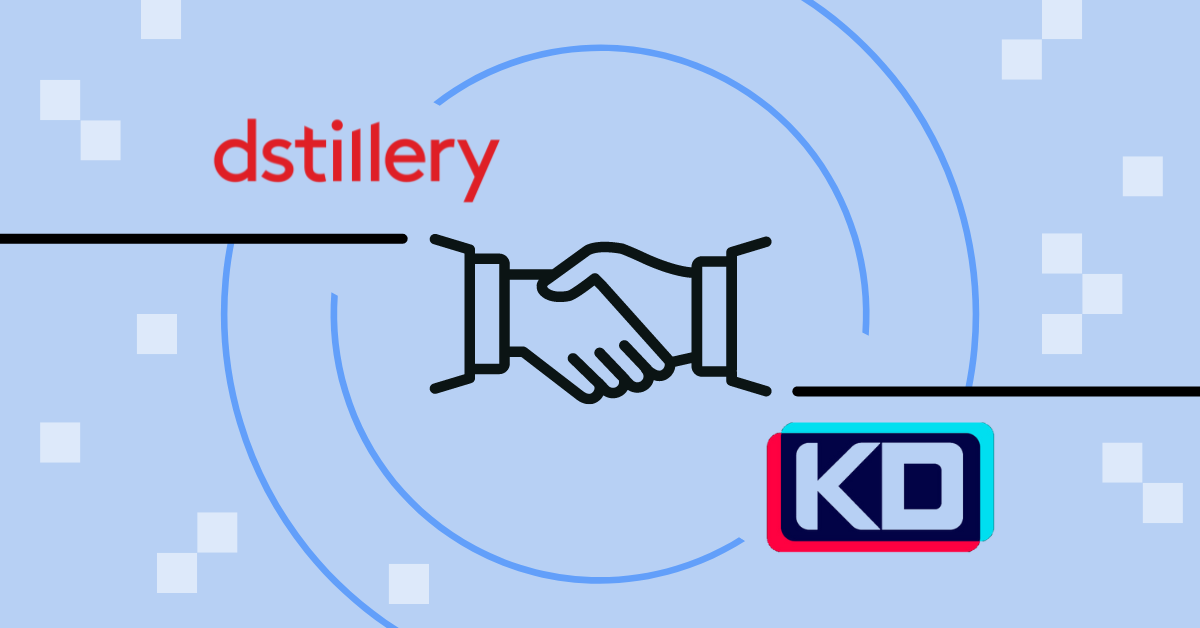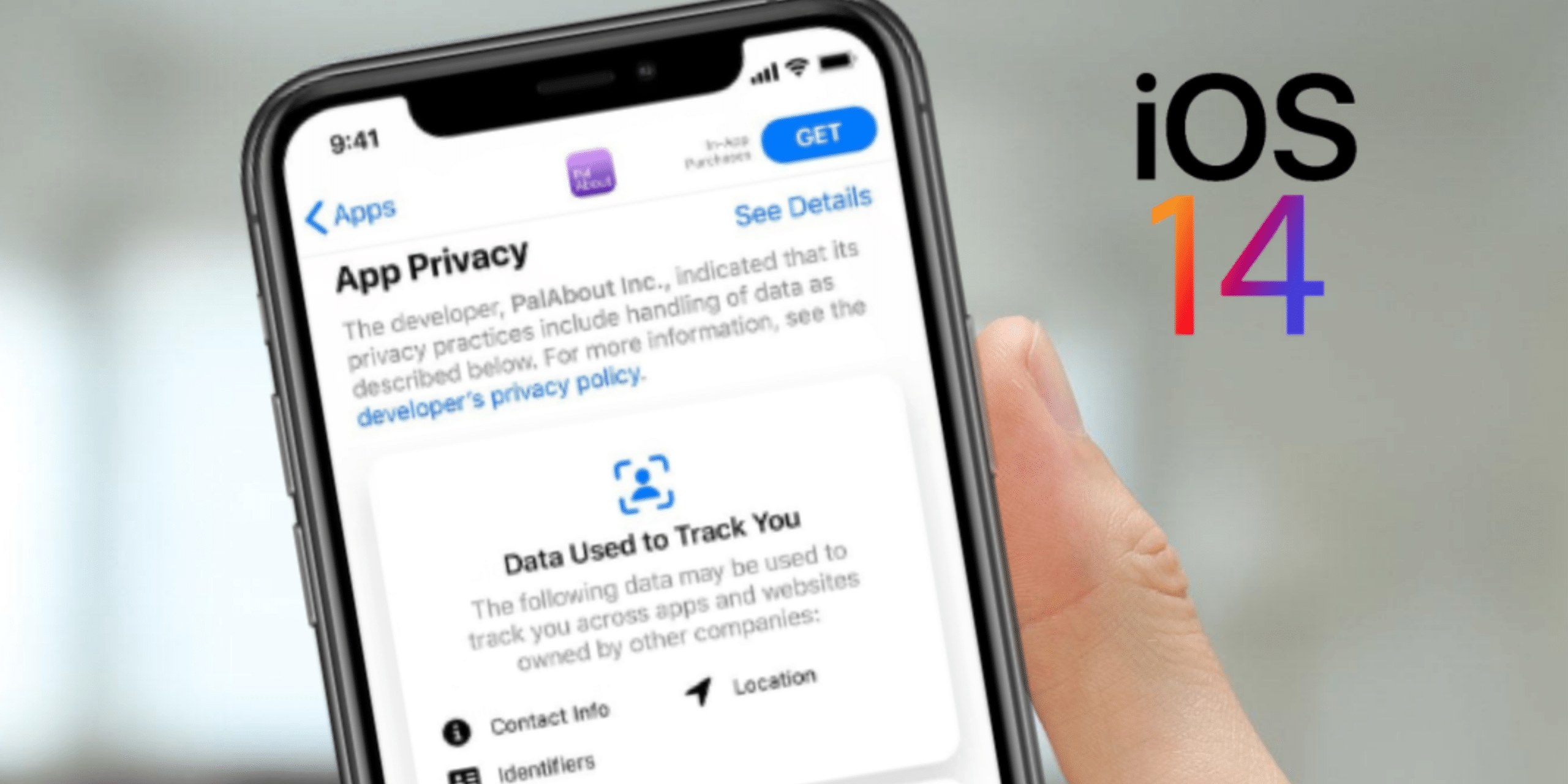Big changes are headed our way in the digital advertising industry: iOS limiting tracking, Chrome removing cookies and channels emerging from in-home audio (Alexa) to Connected TV advertising. So, what will these new technologies and restrictions result in? We can point towards the age-old attribution conversation.
Advertisers continue to rely on Google Analytics’ last click attribution model as the source of truth for paid media. But how will advertisers be able to attribute their non-clickable marketing campaigns in a Connected TV advertising world?
We believe Cross Device will be the answer to many of your newest attribution questions, especially Connected TV advertising. So, Keynes ran a Q&A with our Founder and CEO, Dan Larkman to learn what cross device is, what it is not and how to track performance if Google Analytics is the source of truth.
Q: What is Cross Device?
DL: The simple answer is Cross Device identifies multiple devices associated with a single user. Although, it’s a lot more complex than that. It’s a link between deterministic and probabilistic machine-learning technologies.
Deterministic is pretty straightforward as it is typically a 1:1 relationship. For example, John Doe logs into his Chrome browser on two different devices (Samsung Galaxy and MacBook Pro).
Probabilistic is more complex. This method ingests billions of tracking events or “triggers”, such as cookies, email address, mobile number, landline number, ISP, online purchase behavior, offline purchase behavior, home address, device IDs, browser trends, IP address, plus several other tracking events. These data points are used to build out device graphs.

Coalition for Innovative Media Measurement’s (CIMM) chart on the accuracy of each cross device trigger, or machine-learning connector points (Neufeld 2016, pg 17)
Q: What is not Cross Device?
DL: Any probabilistic method that does not use multiple events, or triggers. For example, IP address is often interlinked with cross-device technology, but as the Media Rating Council (MRC) states in their Cross-Media Audience Measurement Standards, “Certain identifiers are considered of insufficient quality, granularity or stability to form the basis of developing audience-based ‘uniques’, such as IP address”. To add to this, the Coalition for Innovative Media Measurement (CIMM) also makes a claim that “[IP address] is most useful for household-level matching”.
Even industry technology leader, The Trade Desk joke in their very first slide of the IAB Tech Lab’s Data Responsibility report, “Cross device is really hard.” There truly is no quick fix to cross-device.
Q: Why does Keynes partner with the 4 leading cross device companies?
DL: Our industry is known for terms like “data-driven decisions.” Yet, we can only make these industry claims if we work with technologies that hold different incentives for us, such as AdBrain, LiveRamp, Tapad, Oracle. As a performance agency, our main incentives are to hit our advertiser’s KPIs and maintain and grow that relationship.
As a cross-device company, its main incentive is to increase its quality and scale accuracy percentage across its cross-device graph. For instance, AdBrain’s cross device graph carries “an accuracy of at least 95 percent”.
Q: What do you think the future holds for a single device platform such as Google Analytics?
DL: Google has to innovate. Connected TV advertising was the fastest-growing channel for 2020 and is set to grow almost 2 times as fast in 2021. GA is designed to track website activity with referrals coming from user clicks or users directly inputting the URL into their browser. This is impossible with Connected TV advertising as the ads are almost entirely non-clickable. But for CTV advertising campaigns to be successful, they must be a part of an advertiser’s marketing effort to track metrics such as new users, user engagement, site revenue, etc.
This means GA cannot survive as the source of truth for much longer without innovating.
Q: What advice do you have for marketers?
DL: Clean data is the only data. Pick a performance agency who partners or encourages you to partner with technologies that have different incentives from them and require transparency within their work.











































